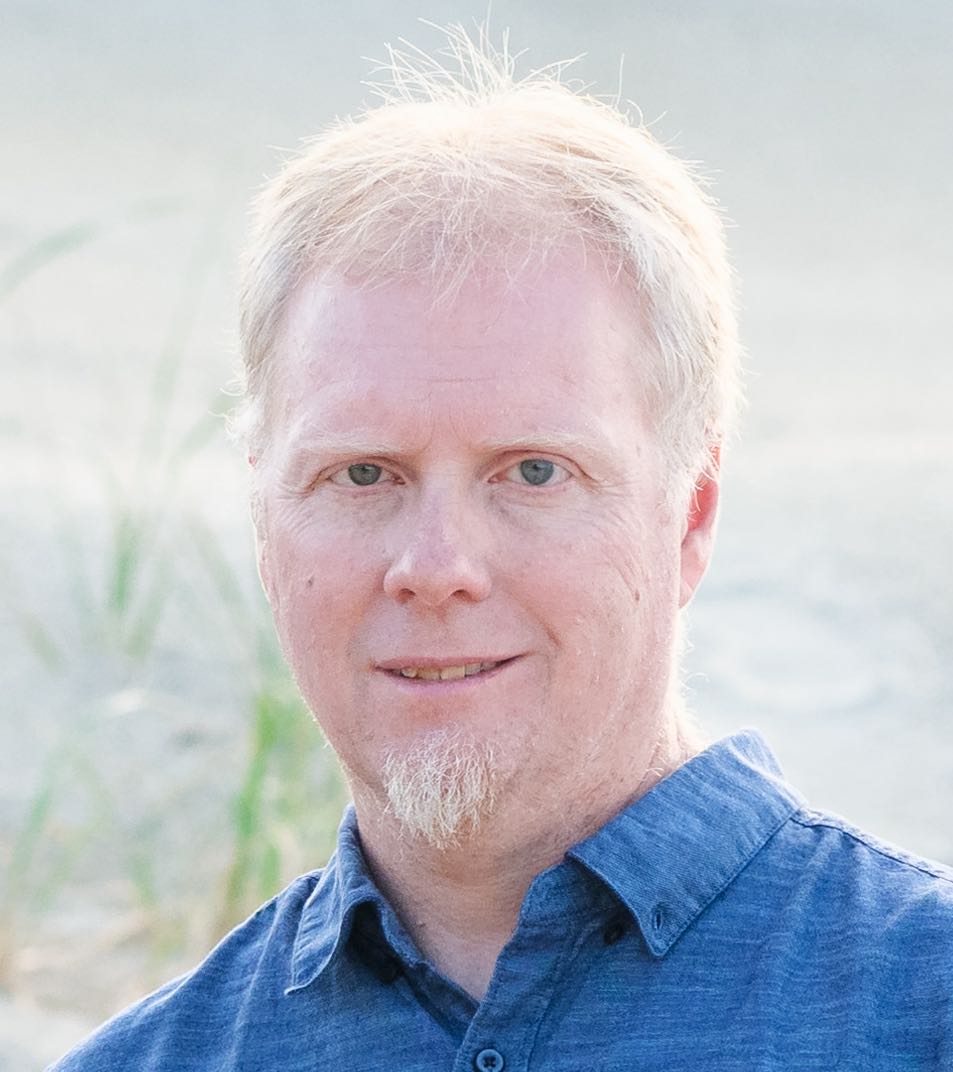 |
Mark Allman, Ken Christensen, Bruce Nordman, Vern Paxson. Enabling an Energy-Efficient Future Internet Through Selectively Connected End Systems. ACM SIGCOMM HotNets, November 2007.
PDF | Slides
Abstract:
The Internet's architecture largely and implicitly assumes
full-time connectivity, a notion that is embodied in key networking
principles including fate sharing, soft state, and the end-to-end
principle. In contrast, efforts to allow for more graceful
operation in the presence of forced disconnectedness have recently
been undertaken that change the underlying style of networking
used by applications to accommodate both host-level and hop-by-hop
disconnectedness (e.g., for deep space networks where connectivity
depends on orbital mechanics). In this paper, we offer an initial
exploration of the architectural constructs required to support
selective connectivity, whereby a host can
choose whether to be ``connected'' or ``disconnected''.
While we keep our notion of selective connectivity general, the
driver behind our thinking is to allow hosts to go to sleep to
realize energy savings while not sacrificing their standing in the
network. Studies show that enabling such sleeping offers large
potential energy savings. Specifically, we explore ideas related
to assistants, soft state, host-based control, and application
primitives.
BibTeX:
@inproceedings{ACNP07,
author = "Mark Allman and Ken Christensen and Bruce Nordman and Vern Paxson",
title = "{Enabling an Energy-Efficient Future Internet Through Selectively Connected End Systems}",
booktitle = "ACM SIGCOMM HotNets",
year = 2007,
month = nov,
}
|
|
